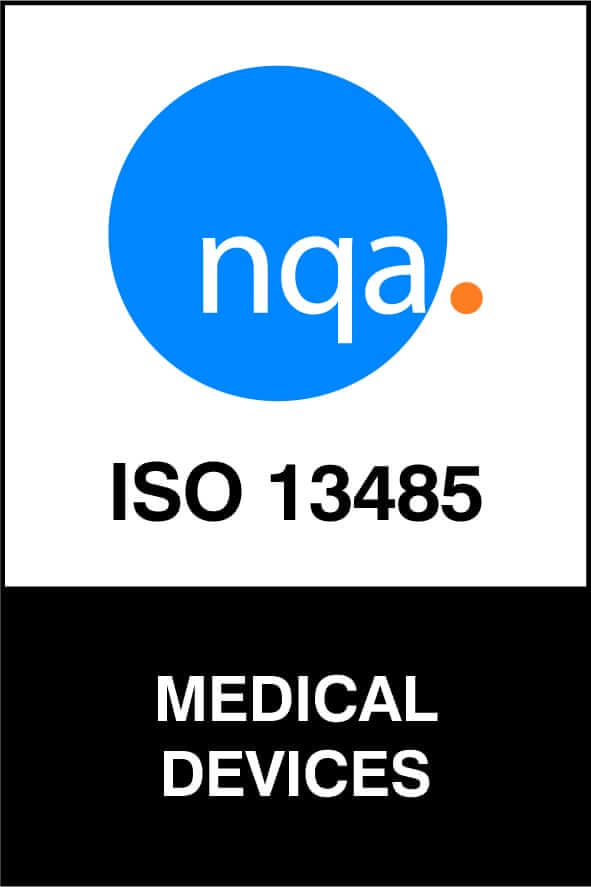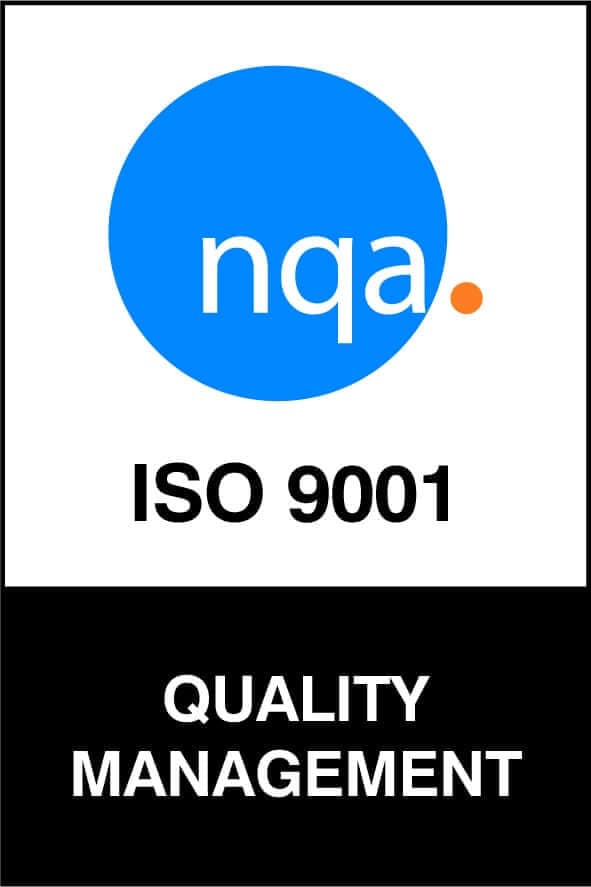JRW Develops Chlorobutyl Skin to Enhance Safety in Gas Masks
According to the United Nations Resolution 687, issued in 1991, chemical weapons are considered weapons of mass destruction. Following the terrorists attacks of September 11, 2001, there has been heightened awareness of the threat of a possible chemical and biological attack. In fact, the Department of Homeland Security considers at least 10 countries to have or to be in the process of developing a biological warfare capability. Specialized equipment or advanced technology is not required for the development of biological warfare agents, according to the Department.
The United States Department of Defense is committed to being fully prepared in the event of a chemical or biological attack, as stated in its annual report to Congress. An essential element in achieving this goal is equipment that protects soldiers in such hostile environments. A crucial component of this protective equipment is a reliable, safe mask.
The Challenge: Developing a Mask To Ensure The Safety of Soldiers
Until recently, chemical warfare masks have proven ineffective in offering safety against a variety of agents and gasses that may be used during a terror attack or on the battlefield. Chemical weapons include nerve agents such as mustard gas, which pose significant risk of serious injury or death by asphyxiation. Once inhaled, these agents directly attack the respiratory system and can be fatal. Disrupting the mechanism by which nerves transfer messages to the organs, agents block the enzyme that normally relaxes the activity of acetylcholine, a neurotransmitter. Any small exposure puts the soldier at great risk.
The United States government has recorded defects with protective masks such as leaks or a poor fit between the mask and the user’s face. The material used in the masks’ seals showed a low resistance to chemical, nerve, and biological agents, with mask failures occurring after three hours of exposure. In a study featuring firefighters training for the occurrence of a terrorist attack, the sarin and mustard gas released penetrated every mask but one.
The Solution: Introduction of Chlorobutyl – Second Skin for Mask
Jefferson Rubber Works and America Technologies Corporation (ATC) worked closely together to develop an alternative to the existing flawed masks being used by the U.S. military. Jefferson Rubber’s highly skilled team of engineers developed a new compound, using Chlorobutyl, which they used to form a custom-injected second skin molded to specifically suit the application. This new compound works as a sealant that overcomes the prior masks’ permeability.
Chlorobutyl is a rubber compound produced by reacting chlorine with butyl rubber. Its improvements over standard rubber are extensive, including a higher tolerance to heat, great resistance to flex-fatigue, and good adhesion. It is also nearly impermeable to hazardous chemical and biological agents over a prolonged period of time. As a result, masks using Chlorobutyl provide greater protection against penetration of hazardous chemical agents, proving to be ideally suited for the military’s needs.
Results: Improved Safety for Soldiers in the Field
Immediately following Jefferson Rubber’s and ATC’s release of the Chlorobutyl “second skin”, significant improvements were recorded. Resistance against exposure to chemical, nerve and biological agents doubled since Jefferson’s and ATC’s new development of the custom-injected second skin. Today, nearly all of the protective masks issued by the United States military include Jefferson Rubber’s Chlorobutyl second skin.
Jefferson’s and ATC’s new development not only enhanced the overall effectiveness of the mask, but more importantly, ensured the safety of soldiers, whether on the battlefield or when responding to terrorist attacks.






